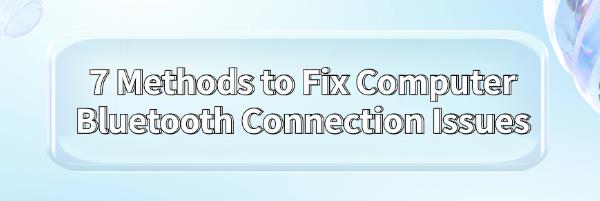
When using a Windows computer, Bluetooth connection issues are common. This article provides several solutions to quickly resolve the problem and restore normal Bluetooth functionality.
Method 1: Check if Bluetooth is turned on
Press Windows + I to open Settings.
Click on "Devices", then select "Bluetooth & other devices".
Check if the Bluetooth switch is turned on. If not, turn it on.
Method 2: Update Bluetooth drivers
Outdated or corrupted Bluetooth drivers may cause connection issues. Ensuring your Bluetooth drivers are up to date can effectively resolve the problem. It's recommended to use Driver Sentry for automatic driver updates, saving time and avoiding the risk of installing incorrect drivers.
Click the download button to get the latest version of Driver Sentry. After installation, open the software and click "Scan".
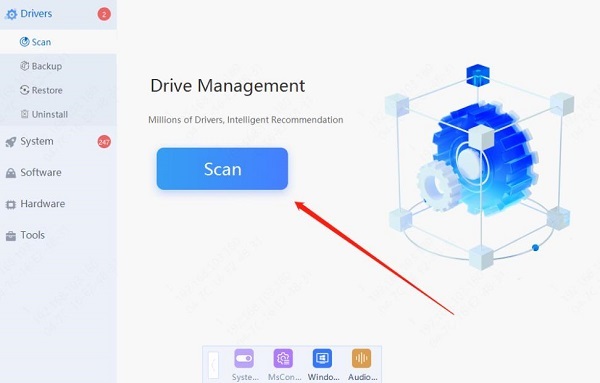
After scanning, the results will show which drivers are missing or need updates. Locate the Bluetooth driver in the list and click the "Update" button.
Once the update is complete, it's recommended to restart your computer to ensure the updated drivers function properly.
Method 3: Re-pair Bluetooth devices
Press Windows + I to open Settings, then select "Devices".
Click "Bluetooth & other devices", and find the Bluetooth device you want to re-pair.
Click the device name and select "Remove device", then confirm the removal.
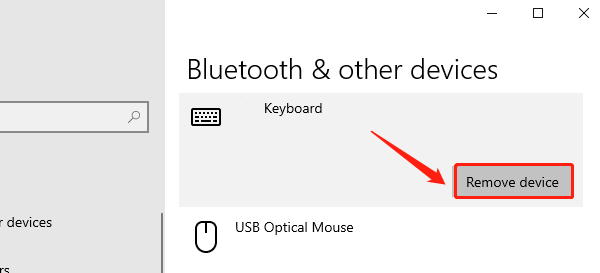
After removing the device, turn Bluetooth back on and ensure your device is in pairing mode.
On the "Bluetooth & other devices" page, click "Add Bluetooth or other devices" and select the "Bluetooth" option.
The system will automatically search for nearby Bluetooth devices. Once your device is found, click it to re-pair.
Method 4: Restart Bluetooth services
Press Windows + R to open the Run dialog, type "services.msc", and press Enter to open the Services Manager.
In the list of services, find "Bluetooth Support Service".
Right-click the service and select "Restart". If the service is not running, select "Start".
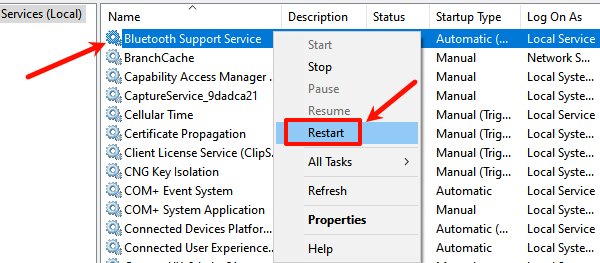
After restarting the service, try reconnecting your Bluetooth device.
Method 5: Run the Bluetooth troubleshooter
Press Windows + I to open Settings, select "Update & Security", then click on "Troubleshoot" on the left panel.
Click "Additional troubleshooters", find Bluetooth, and click "Run the troubleshooter". The system will automatically detect any Bluetooth issues.
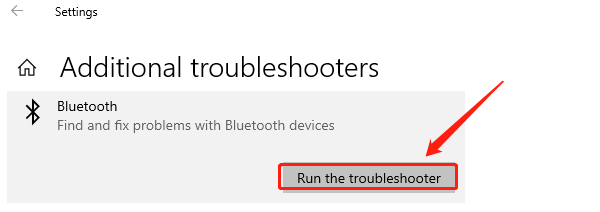
Follow the on-screen instructions. After the troubleshooting is complete, check if the issue is resolved.
Method 6: Reset network settings
Press Windows + I to open Settings, then select "Network & Internet".
Click "Status" in the left menu, scroll down, and click "Network reset".
The system will prompt you that resetting the network will remove all network adapters and reset related settings. Click "Reset now" to confirm.
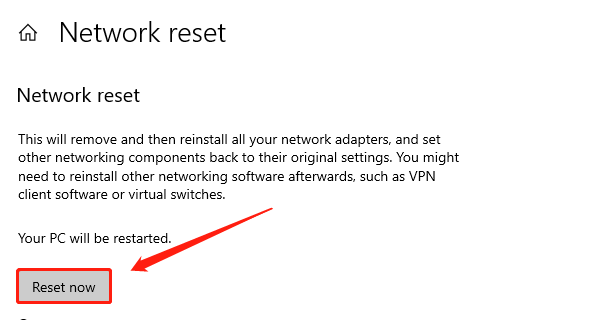
The computer will automatically restart after the reset. Once restarted, reconfigure your Bluetooth devices and check if the connection issue is resolved.
Method 7: Check Bluetooth device compatibility
Ensure that the Bluetooth version of the device is compatible with your computer. Older devices may not be compatible with newer Bluetooth standards.
Check the product manual to ensure the device supports Windows systems. If it doesn't, specific drivers or software may be required.
Look for any known compatibility issues with Windows on the device's official support website or in the user manual.
Ensure the device is within the effective Bluetooth signal range, usually around 10 meters, and free from obstacles that might interfere with the signal.
Bluetooth connection issues are common on Windows computers, but most problems can be quickly resolved using the methods above. If the issue persists, consider contacting technical support or checking for hardware faults in your Bluetooth device.
See also:
How to Update Sound Card Drivers on Windows 10
7 Ways to Fix GTA 5 Constant Crashing on PC